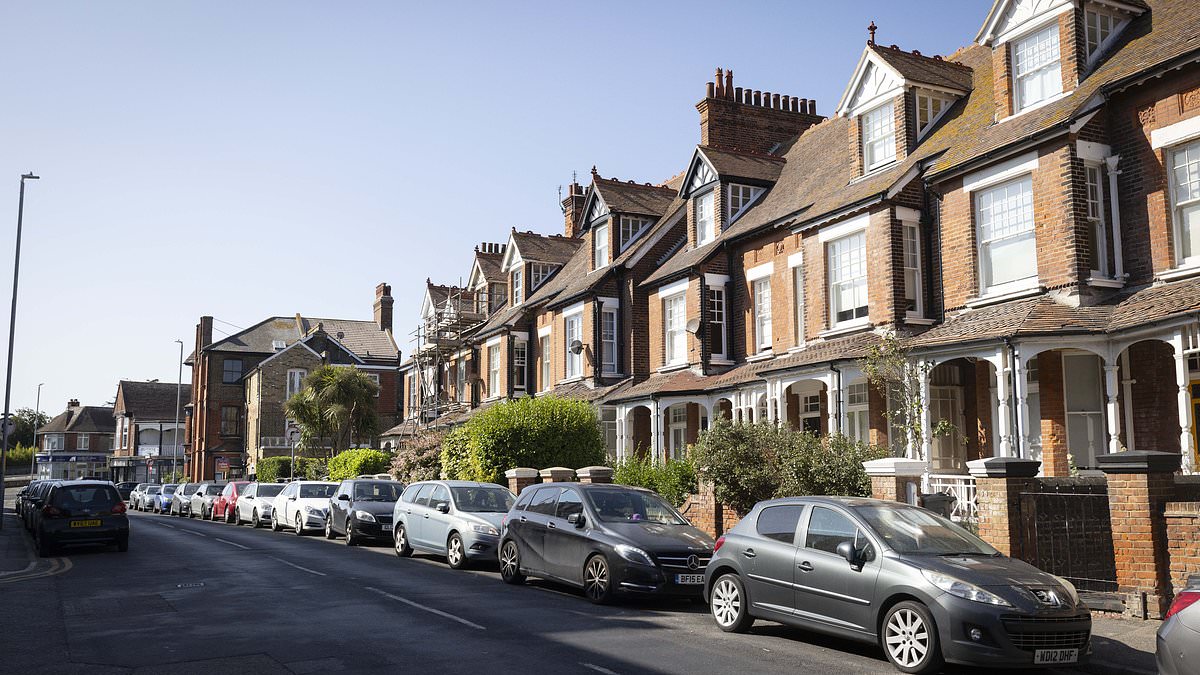
Margate, a once-sleepy seaside town in Kent, has been undergoing a remarkable transformation, becoming one of Britain’s most in-demand property hotspots. Known for its stunning beaches and a growing arts scene, Margate has earned the nickname ‘Shoreditch-on-Sea’ due to its vibrant, trendy character and influx of Londoners eager to relocate.
Homes Selling Faster Than the National Average
Westbrook Gardens, located mere yards from the coastline, has become a magnet for homebuyers. According to research by Upstix, homes on this street sell in an average of just 102 days—45 days faster than the national average of 147 days. Similarly, other parts of Margate, like Milton Avenue and Ethelbert Road, are also witnessing rapid property sales averaging between 113 and 127 days.
A New Identity for Margate
Over the past decade, Margate’s average property prices have rocketed by 102%, with current values averaging £348,571. The town’s affordability compared to London, combined with its picturesque sea views and rich cultural scene, has driven nearly 6,000 Londoners to relocate to the Thanet area since the pandemic began.
Margate is now home to high-profile residents such as indie-rock legend Pete Doherty and celebrated artist Tracey Emin. Even famed street artist Banksy left his mark on the town before controversy arose regarding his artwork’s preservation.
The Draw of Seaside Living
New residents cite a variety of reasons for Margate’s growing appeal, including the fresh sea air, laid-back atmosphere, and sense of community.
Richard Thomas, who relocated to Westbrook Gardens from Canterbury, commented, “It’s the sea air that draws people in. There’s a charm and pride among locals that’s hard to resist.” Meanwhile, others like Rory Waitt, founder of the Wilderness to Wonderland community project, believe the town’s ‘real vibe’ and ongoing efforts to improve local areas are fostering its popularity.
Challenges Amid the Gentrification Boom
While Margate’s renaissance has brought economic opportunities, not everyone feels positively about the rapid changes. Longtime residents have raised concerns about gentrification, rising house prices, and the effects of increased tourism.
Pauline Kirkwood, a 72-year-old local, expressed her frustrations: “It’s harder for locals to buy homes because prices have shot up due to Airbnb investments and second-home buyers. It doesn’t feel like a traditional seaside town anymore.”
Similarly, younger residents like Jessica Scott, 19, have struggled to find affordable housing. “I still live with my parents as renting here is impossible. Many homes sit empty for most of the year as short-term rentals,” she said.
An Evolving Community and Growing Pains
While Margate has embraced a reputation as a creative and cultural hub, some challenges remain. Issues such as drug use and safety concerns have persisted, particularly in certain areas. “You can’t ignore the problems brought by the influx of people, including loud tourists and drug-related incidents,” noted Kate Stuart, a Margate resident of over 14 years.
Despite the tensions, Margate’s future looks bright, particularly for property investors and families seeking a blend of coastal retreat and urban culture. Whether it’s the buzzing community projects, stunning beachfront escapes, or proximity to London, Margate continues to solidify its status as one of the UK’s hottest real estate markets.





